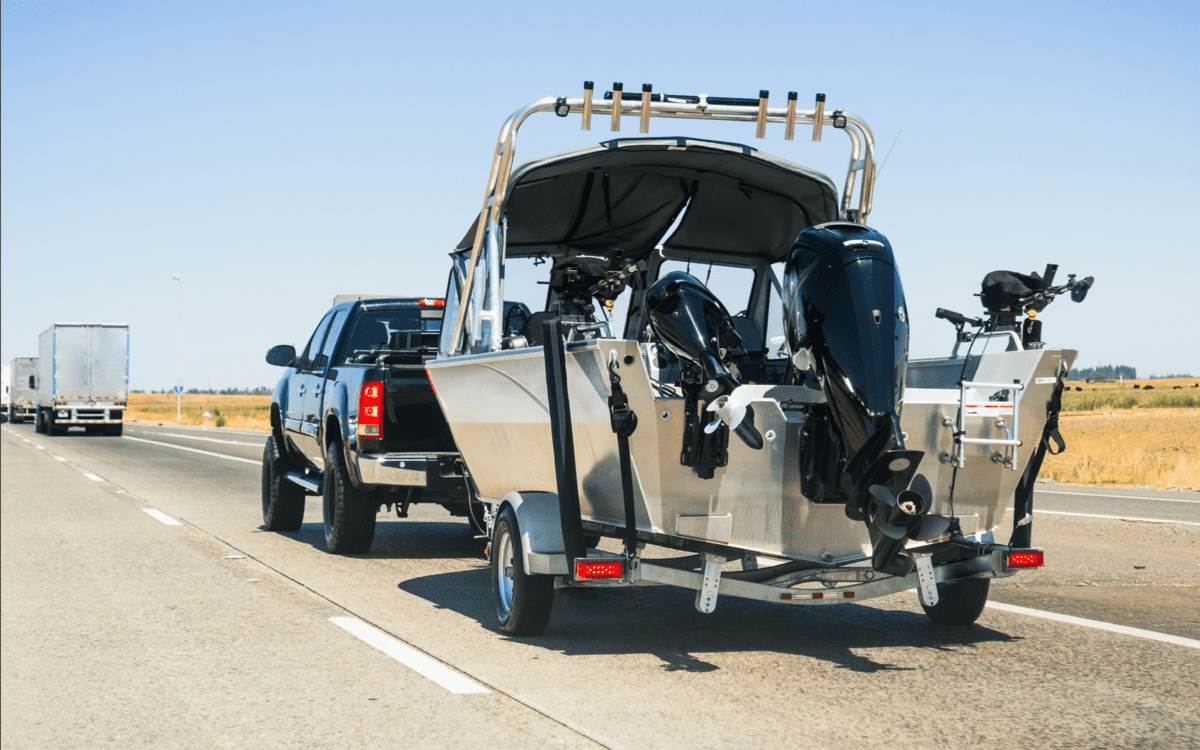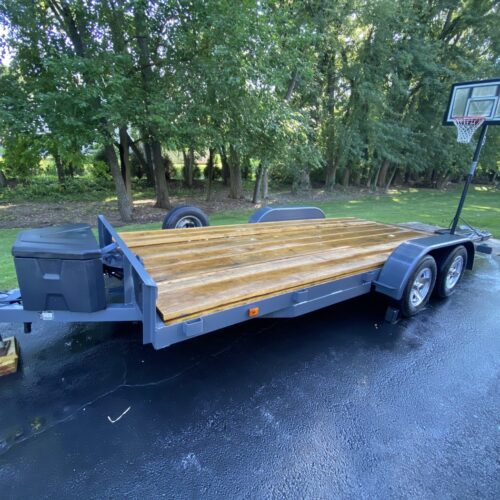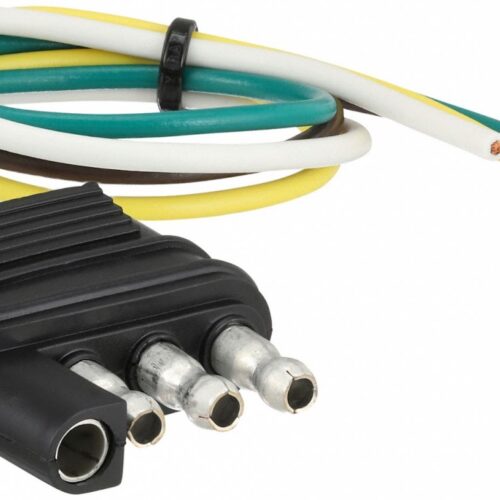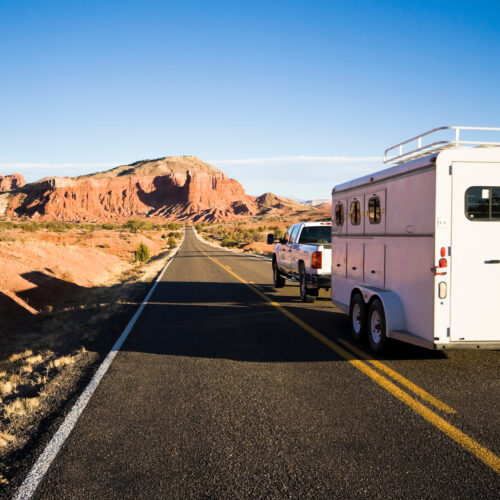With summer right around the corner, the allure of the open water beckons, inviting boat enthusiasts to embark on aquatic adventures. Whether you’re gearing up for fishing expeditions, leisurely cruises, or water sports, ensuring a smooth transition from land to sea begins with the right boat trailer. In this blog post, we will explore the ins and outs of boat trailers, covering everything from types and features to maintenance tips, so you can make the most of the upcoming summer season on the water.
Types of Boat Trailers:
- Bunk Trailers: Bunk trailers are the most common type and provide support for the boat along its hull. Wooden or carpeted bunks cradle the boat, distributing its weight evenly. These trailers are known for their stability and are suitable for various boat sizes.
- Roller Trailers: Roller trailers use a series of rollers to support the boat, making them an excellent choice for easy launching and loading. These trailers work well for boats with flat hulls and are preferred by solo boaters for their convenience.
- Pontoon Trailers: Designed specifically for pontoon boats, these trailers have multiple support points to accommodate the unique shape of pontoon hulls. They ensure a secure fit and are equipped with features like adjustable bunk systems.
- Drive-On Trailers: Drive-on trailers simplify the launching and retrieval process by allowing the boat to be driven onto the trailer. This is especially beneficial for boaters who prefer to launch and retrieve their boats without getting their feet wet.
Key Features to Consider:
- Material and Construction: Trailers are typically made from steel or aluminum. Steel is durable but prone to corrosion, while aluminum is lightweight and corrosion-resistant. Consider the environmental conditions in which you’ll be using the trailer.
- Braking Systems: Depending on the size and weight of your boat, you may need brakes on your trailer. Surge brakes and electric brakes are common options, each with its advantages. Ensure your trailer complies with local regulations.
- Adjustability: A good boat trailer should be adjustable to accommodate various boat sizes and hull shapes. This ensures a snug fit and prevents unnecessary stress on the boat during transport.
- Lights and Wiring: Proper lighting is essential for safe road travel. Ensure that the trailer has functional brake lights, turn signals, and reflective elements. Regularly check the wiring to prevent electrical issues.
Maintenance Tips:
- Rust Prevention: For steel trailers, regular cleaning and application of rust-resistant coatings are crucial. Aluminum trailers are naturally corrosion-resistant but still benefit from regular cleaning.
- Check Bearings and Hubs: Grease bearings and inspect hubs regularly to prevent wear and ensure smooth rolling. This simple maintenance task can prevent costly damage to both the trailer and the boat.
- Tire Maintenance: Check tire pressure regularly and inspect for signs of wear or damage. Properly inflated tires contribute to safer towing and extend the lifespan of both the trailer and the boat.
- Inspect Lights and Wiring: Before each trip, check that all lights are functioning correctly. Address any wiring issues promptly to avoid road safety hazards.
Investing in the right boat trailer is crucial for every boat owner. Whether you’re a seasoned sailor or a novice captain, understanding the different types of trailers, their features, and proper maintenance practices will enhance your boating experience. With the right trailer in tow, you’ll be ready to navigate the waters with confidence and ease, just in time for the upcoming summer adventures.




